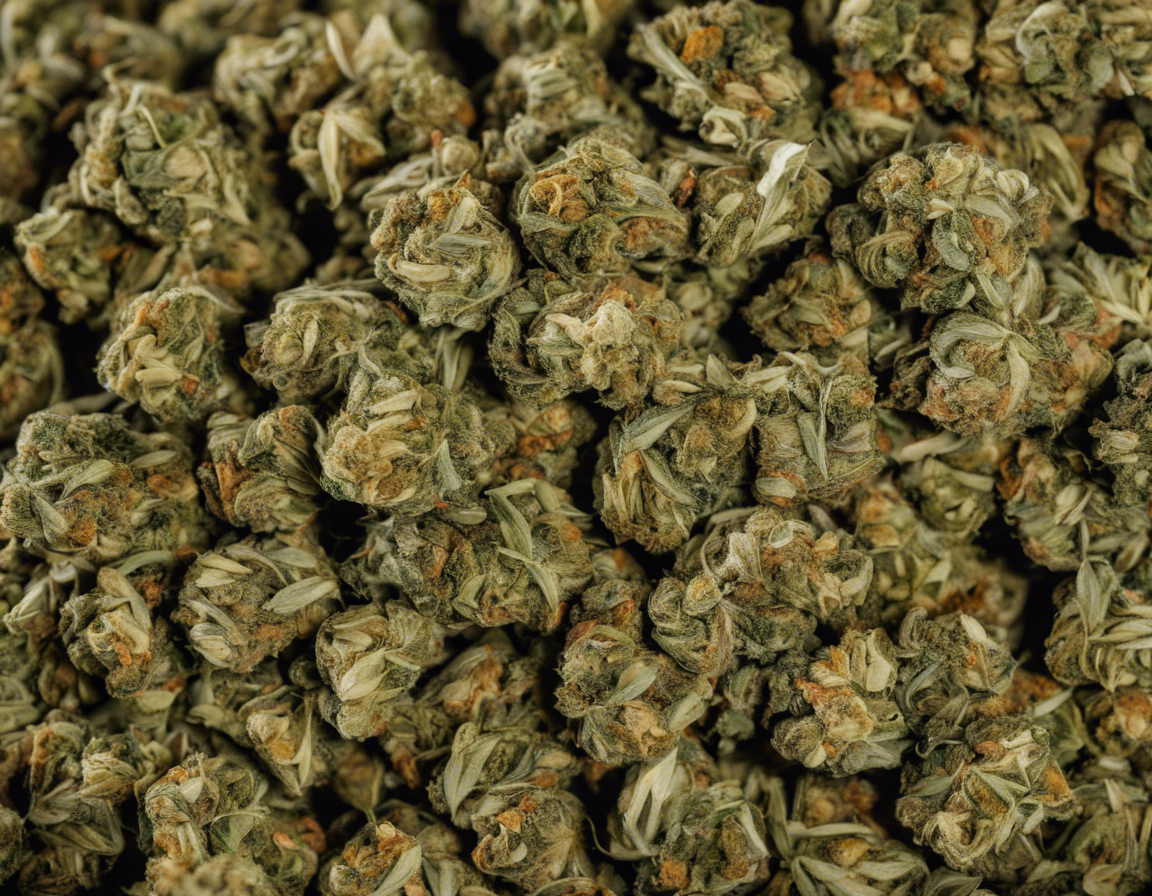Introduction
In recent years, the perception and understanding of marijuana have shifted significantly, moving away from stigmatization towards acceptance, especially in the context of medicinal and recreational use. With this changing landscape, it’s important to delve into the intricacies of the plant and discuss its components and benefits. In this article, we will focus on the benefits of an ounce of weed, exploring its various applications and potential advantages.
Understanding Marijuana
Before we delve into the benefits, it’s crucial to understand the components of marijuana. Cannabis is a plant that contains over 100 cannabinoids, the two most prominent being CBD (cannabidiol) and THC (tetrahydrocannabinol). While THC is known for its psychoactive properties, CBD is non-psychoactive and has various therapeutic benefits.
An ounce of weed typically contains approximately 28 grams of marijuana and can vary in potency depending on the strain. Different strains offer various effects, with some being more relaxing and sedating, while others are more uplifting and energizing.
The Benefits of an Ounce of Weed
-
Pain Management: One of the most well-known benefits of marijuana is its ability to relieve pain. Both THC and CBD have analgesic properties that can help alleviate chronic pain, migraines, arthritis, and muscle spasms.
-
Anxiety and Stress Relief: Marijuana can have anxiolytic effects, helping to reduce anxiety and stress. CBD, in particular, has been studied for its potential in treating anxiety disorders and PTSD.
-
Improves Sleep: Many users find that marijuana can help improve the quality of their sleep. Strains high in indica are known for their sedating effects and can aid in insomnia and sleep disorders.
-
Appetite Stimulation: For individuals undergoing chemotherapy or dealing with appetite loss, marijuana can help stimulate appetite. This is commonly referred to as the munchies effect.
-
Mood Enhancement: Some strains of marijuana can uplift mood and promote feelings of euphoria and well-being. This can be beneficial for individuals dealing with depression or seasonal affective disorder.
Modes of Consumption
There are various ways to consume marijuana, each offering unique benefits and effects:
- Smoking: The most traditional method, smoking marijuana provides rapid onset effects.
- Vaping: Vaporizing marijuana heats the cannabinoids without combustion, offering a healthier alternative to smoking.
- Edibles: Consuming marijuana-infused edibles can provide longer-lasting effects but may take longer to kick in.
- Topicals: For localized pain relief, topicals such as creams, lotions, and balms can be applied to the skin.
Potential Risks and Side Effects
While marijuana offers a range of benefits, it’s essential to be aware of potential risks and side effects, including:
- Impaired Cognitive Function: Marijuana can impair memory, focus, and coordination, especially with high THC strains.
- Dependency: Some individuals may develop a dependency on marijuana, leading to withdrawal symptoms when not using.
- Psychological Effects: In some cases, marijuana can exacerbate underlying mental health conditions such as psychosis or anxiety.
Frequently Asked Questions (FAQs)
- Is marijuana legal for medical use in all states?
-
No, marijuana’s legality for medical use varies by state. While many states have legalized medical marijuana, some still have strict regulations.
-
Can you overdose on marijuana?
-
While it’s rare to overdose on marijuana, consuming large amounts can lead to discomfort, paranoia, and hallucinations. Seek medical help if necessary.
-
Is it safe to drive after using marijuana?
-
Driving under the influence of marijuana can impair coordination and judgment. It’s always best to wait until the effects wear off before driving.
-
Can marijuana interact with medications?
-
Yes, marijuana can interact with certain medications, so it’s essential to consult with a healthcare provider before using marijuana, especially if you’re on other medications.
-
Are there age restrictions for purchasing marijuana?
- Yes, there are age restrictions for purchasing marijuana, both for medical and recreational use. It’s important to adhere to these regulations to ensure safe consumption.
Conclusion
An ounce of weed can offer a plethora of benefits, from pain management and anxiety relief to improved sleep and mood enhancement. Understanding the components of marijuana, its various strains, and modes of consumption is key to maximizing its potential benefits while being mindful of potential risks and side effects. As the landscape of marijuana continues to evolve, staying informed and educated is crucial for safe and responsible use.
